Gordon Cates
Ph.D., 1987, Yale
Jesse W. Beams Professor of Physics
Experimental Atomic, Molecular, and Optical Physics,Experimental Biological and Medical Physics,Experimental Nuclear and Particle Physics
Research Interests
Professor Cates conducts research in three diverse areas spanning atomic, nuclear, and medical physics. Unifying these activities is the use of optical pumping and spin exchange, techniques that make it possible to polarize the spins of electrons, atoms and nuclei using light sources such as lasers. Critical to such research is the study of spin interactions during atomic collisions, spin-relaxation at surfaces, and numerous aspects of laser physics.
A major thrust of Prof. Cates’ research has been understanding the “spin-structure” of the neutron. These efforts, involving electron scattering from spin-exchange polarized 3He targets at SLAC and Jefferson Laboratory (JLab), have helped shed light on the foundations of QCD and the question of what it is within the nucleon that carries spin. Prof. Cates has also been involved in studying parity violation in polarized electrons scattering in order to search for the presence of strange quarks in the nucleon (at JLab) and for physics beyond the standard model (at SLAC).
Another important aspect of Prof. Cates’ research involves a new type of MRI in which a subject inhales a laser-polarized noble gas such as 3He or 129Xe which is subsequently imaged. Coinvented by Prof. Cates in the early 1990’s, “hyperpolarized gas imaging” produces images of the gas space of the lungs of unprecedented resolution. Also, since Xe dissolves readily into the blood and various tissues in the body, there is potential to extend the technique to other organs. Many basic physics issues remain critical to the continuing development of hyperpolarized gas imaging.
Selected Publications
S. Abrahamyan et al (PREx Collaboration), Measurement of the Neutron Radius of 208Pb Through Parity-Violation in Electron Scattering, arXiv:1201.2568 [nucl-ex], Physical Review Letters 108, 112502 (March, 2012).
Z. Ahmed et al. (HAPPEX Collaboration), New Precision Limit on the Strange Vector Form Facors of the Proton, arXiv:1107.0913 [nucl-ex], Physical Review Letters 108, 102001 (March, 2012).
J. Huang et al., Beam-Target Double Spin Asymmetry ALT in Charged Pion Production from Deep Inelastic Scattering on a Transversely Polarized 3He Target at 1.4 < Q2 < 2.7 GeV2, arXiv:1108.0489 [nucl-ex], Physical Review Letters 108, 052001 (January, 2012).
 Physics at Virginia
Physics at Virginia